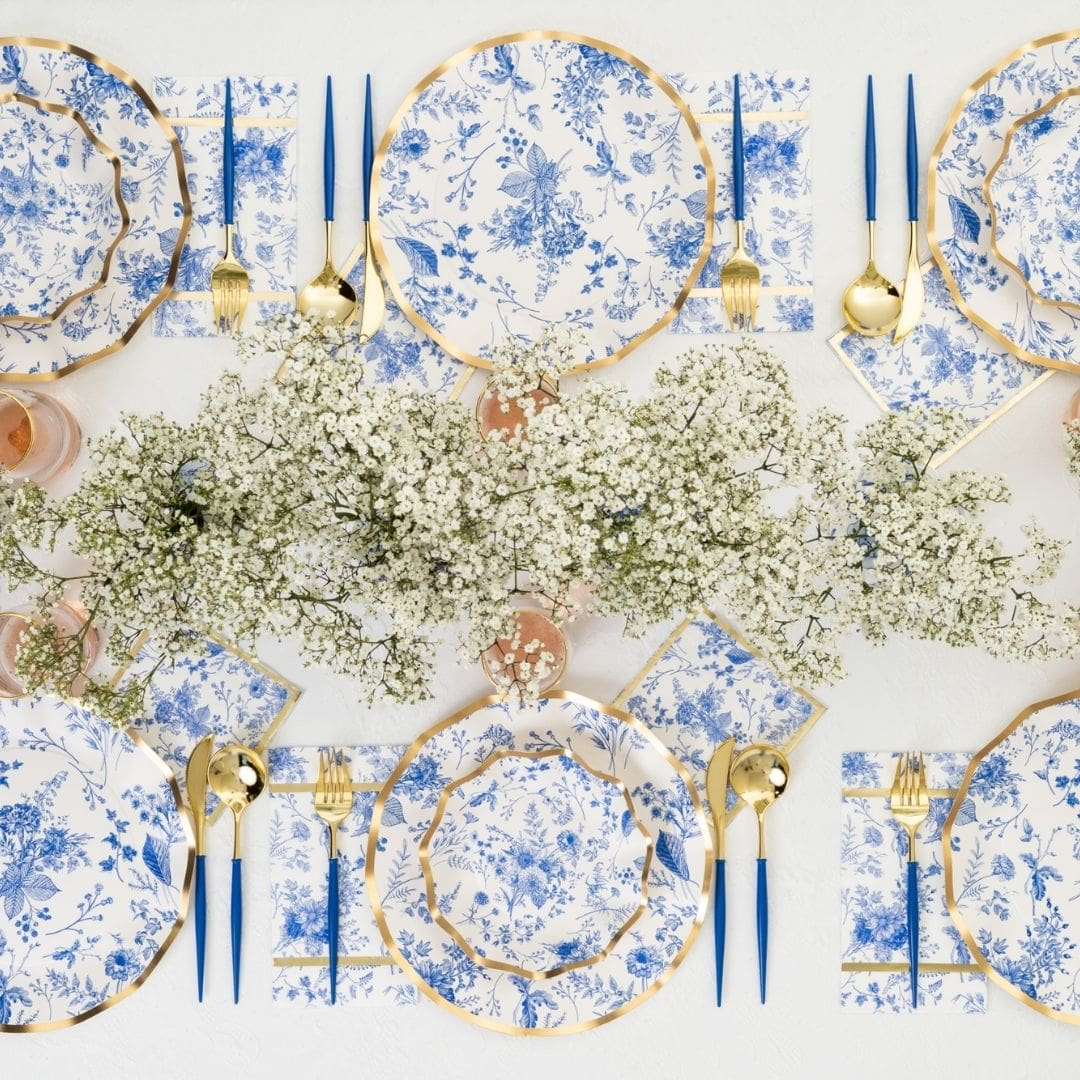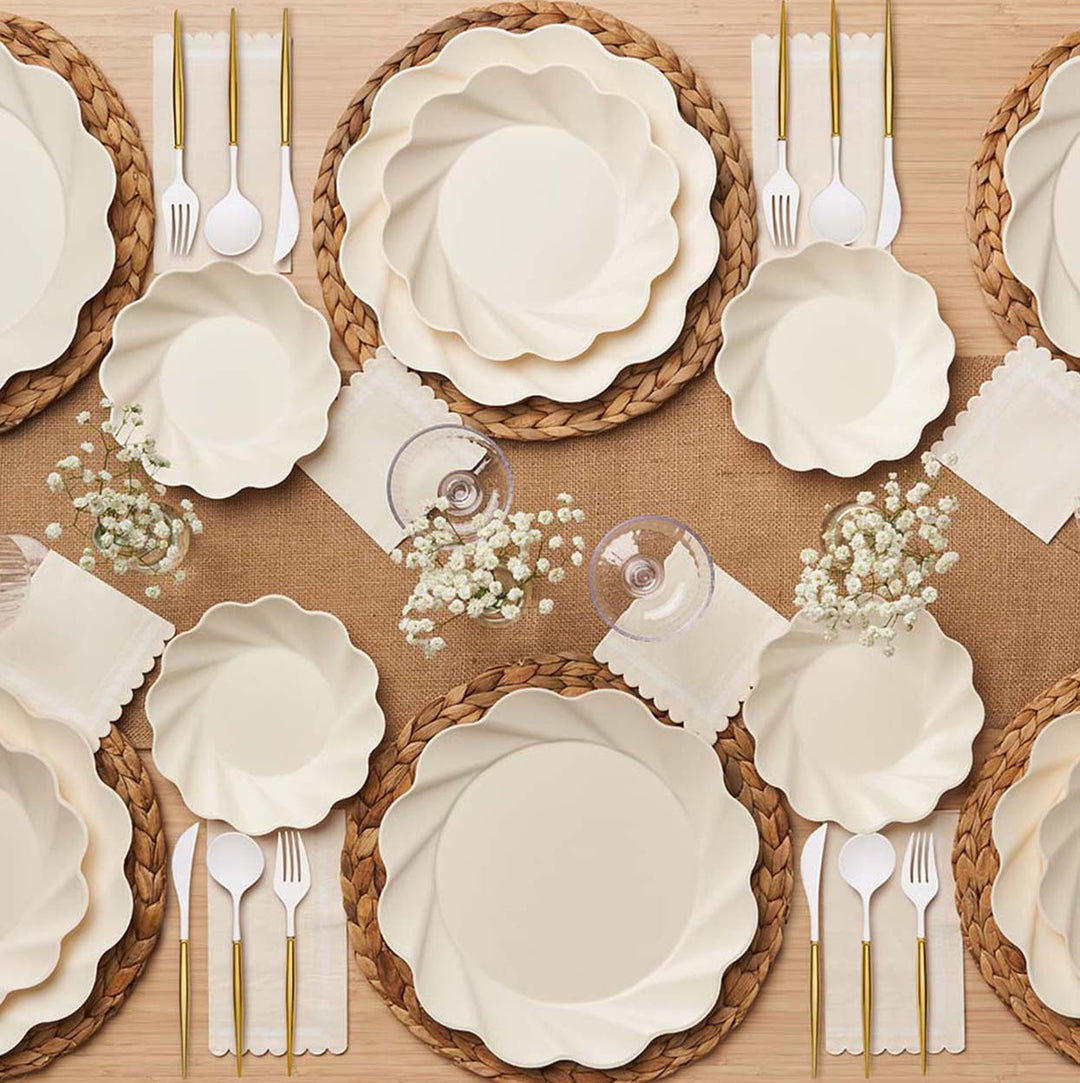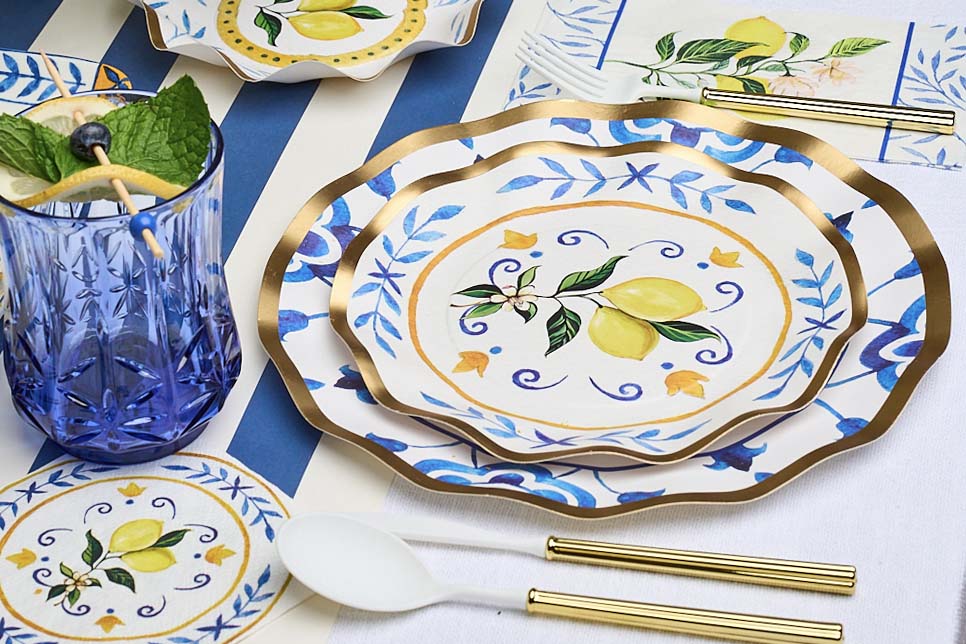What Is the Best Meat for Charcuterie? Our 12 Recommendations
Putting together a charcuterie board is a delicate balancing act. On the one hand, you want to impress everyone with the most exotic cured meats you can get your hands on. On the other hand, you actually want your guests to, you know, eat them.
So, to help you pick the right charcuterie meats, we assembled a brief guide to striking the perfect charcuterie board balance. Here are our recommendations for the best meat for charcuterie.
Tips for Assembling a Charcuterie Board
There are some tried-and-true tips that will help your charcuterie board come out perfect every time. Here is some of our most useful advice for assembling your next charcuterie board.
Have Something for Everyone
Usually, this means including a few adventurous varieties of charcuterie along with some, ahem, safer choices. In the latter case, we’d include a few varieties of ham that are well-known and well-liked by almost everyone. Classics like prosciutto or pepperoni are always a safe bet that is guaranteed to put your guests at ease.
Include Something Spreadable
Although we traditionally associate a charcuterie board with rings of dry-aged salami, there’s no reason not to incorporate a drastically different texture into it. We love soft pȃtés and rillettes (more on this down below) which you can spread on a piece of toasted bread for that melt-in-your-mouth experience.
Spice It Up
Many charcuterie meats rely on salt as their one-and-only ingredient. That’s typically the way to go with high-quality meats, but we’re not against turning the spice factor way up. Some cold cuts are made with interesting spices, such as cinnamon, coriander, or even curry. For the sake of variety, try to incorporate something uniquely flavorful into your charcuterie board.
Avoid Lean Meats
In general, the fattier the meat, the better it will hold up on your charcuterie board. But when it comes to lean meats (such as bresaola), it’s best to avoid putting it on your charcuterie board. As great as they taste right out of the fridge, lean charcuterie meats will be dry within a half-hour after serving.
Do an Ingredient Pairing
Similar to how you would choose the perfect wine to pair with each charcuterie, choose ingredients that enhance the flavors of your charcuterie meats. For instance, smoky chorizo will be complemented perfectly with roasted red peppers. Looking for something on the sweeter side? Pair prosciutto with slices of cantaloupe and garnish them with a piece of basil.
Avoid Serving Flavored Bread
We want all the focus to be on the charcuterie. For this reason, we’d avoid bread that’s baked with spices—unless you think those spices will enhance the flavor of the charcuterie. Instead, a sliced French baguette is the perfect (non-overwhelming) choice.
Serve Something Acidic
To break up the rich flavor of charcuterie, we think that acidic ingredients are a must for cleansing your palate before moving on to the next bite. Cornichons are a classic staple but don’t limit yourself there! Home-made pickled onions, olives, sun-dried tomatoes, and even green grapes can all make worthwhile additions.
Our Favorite Meat for Charcuterie
With expert-level knowledge on how to assemble a charcuterie board, we can move on to what we all came here to know: What are the best meats for charcuterie? Here are 12 of our personal favorites.
1. Prosciutto
Prosciutto is first on our list of favorite charcuterie because it’s instantly recognizable and loved by everyone. Prosciutto is sliced incredibly thin so that the dry-cured, fatty ham melts on your tongue. The salty flavors of prosciutto pair perfectly with sweet fruit. For ease of serving, fold them into “ribbons” and carefully assemble them or lay them out flat on the charcuterie board.
2. Genoa Salami
There are many varieties of Italian salami, but the Genoa variety (produced in northern Italy) is king. It’s fermented with a cornucopia of spices and red wine, which gives it a complex flavor. Cut into round slices, Genoa salami is a beautiful red color with that characteristic fatty marbling. It’s easy to assemble on the charcuterie board and just as easy to place on a slice of toasted bread with a red pepper spread.
3. Soppressata
Soppressata is another variety of Italian salami. It’s produced in Calabria, which is in the south of Italy, and just like with most cured meats, varies according to where in Calabria it’s produced.
In general, soppressata looks very similar to Genoa salami, but it’s made with leaner cuts of meat. So while there is substantial fatty marbling, it tends to have less of a greasy feel. In addition, it tends to be less spicy than Genoa salami; instead, it’s made with warm spices such as cinnamon and clove. Finally, unlike the small rings of Genoa salami, soppressata tends to have a wider diameter.
4. Mortadella
Mortadella is a soft, rich, and creamy ham that offers the perfect contrast to dry-fermented hams. It’s made out of finely-ground pork meat with plenty of spices, pieces of fat, and—in some cases—pistachios. Unlike dry-cured salami, mortadella has a smooth and silky mouthfeel.
5. ’Nduja
Pronounced “en-doo-ya,” this is a type of spicy pork sausage from the south of Italy. (If you’ve ever tried the French andouille sausage, then it’s quite similar.) ‘Nduja is made with finely-ground pork of various cuts, fat trimmings, and red chili peppers—the latter gives this sausage its spicy flavor.
After all the ingredients are mixed, the sausage is smoked in a large casing, which allows it to remain soft. ‘Nduja is a spreadable sausage that goes perfectly with a slice of toasted bread.
6. Spanish Chorizo
Chorizo is another fiery sausage—except this one is native to Spain. It’s made with ground pork meat and plenty of warm spices, amongst which is smoked paprika. This is how chorizo gets its characteristic red color and smoky flavor. This sausage pairs perfectly with marinated red peppers and Manzanilla olives.
7. Jamón Ibérico
As one of the most expensive hams in the world, jamón Ibérico is technically not allowed in certain nations. Nonetheless, this ham is the black caviar of charcuterie.
It’s made from a special breed of Iberian pigs that live stress-free lives grazing on acorns, which gives jamón ibérico its characteristic nutty flavor. It’s dry-cured for 36 months, which allows its flavors to develop fully. This ham is world-renowned, so if you can get your hands on it, then we guarantee that your friends will be truly impressed.
8. Black Forest Ham
Black forest ham isn’t exactly as exciting as jamón ibérico but it’s definitely easier to find. Plus, it’s one of those charcuterie staples that even the least adventurous eaters will appreciate. It’s made in Germany’s Black Forest region with a variety of spices such as garlic, pepper, and coriander. It goes perfectly with spicy mustard and sweet cucumber pickles.
9. Zungenwurst
For the truly adventurous amongst us, we have a German variety of blood sausage. Roughly translated as tongue sausage, zungenwurst is made with chunks of beef tongue, cheese, bread crumbs, and—of course—blood. It’s a stunning sausage that’s almost black in color with white fatty marbling. It’s sold pre-cooked so you have one less thing to worry about.
10. Rillette
A true French delicacy, rillette is similar to confit in preparation and texture. It’s made from meat that’s seasoned and slow-cooked in its own fat for at least five hours. It’s then shredded into tiny pieces, which makes it perfect for spreading on top of toasted bread.
Rillette is usually made from pork, but there are varieties that are made from duck, chicken, and even fish. And you can easily make your own and serve them in these decorative cups.
11. Saucisson
This is a French sausage that is made from finely ground pork meat and fat. There are many varieties of saucisson. Depending on the region, the sausage is mixed with salt, sugar, spices, and even wine. It’s dry-fermented, which is how it takes on a texture similar to salami—but with a uniquely French character.
12. Sucuk
Although Europeans dominate the charcuterie market, other nations produce some pretty delicious products, too. One example is Turkey, which produces a beef-based sausage called sucuk. While lamb may be added in small amounts, pork is generally avoided.
This type of sausage consists of beef with bits of lamb. The meat is ground up and mixed with fat, tallow, and traditional Turkish spices such as sumac.
After this, the mixture is put into casings and dried for several weeks, which allows the ingredients to ferment and develop in complexity. This results in a firm sausage with a high-fat content that will be a true adventure for the senses.
Here’s to the Best Charcuterie Board
Although putting together a charcuterie board is a skill, we’re confident that with our tips, your charcuterie board will be something any charcutier will approve of. With our premium charcuterie boards, your guests won’t be able to get enough of what you put in front of them.
Our Sources:
Fury in Spain at US Plans To Produce ‘Iberian’ Ham in Texas and Georgia | The Guardian
Pork Rillettes | The New York Times
Zuni Café's Red Onion Pickles Recipe - NYT Cooking | The New York Times














